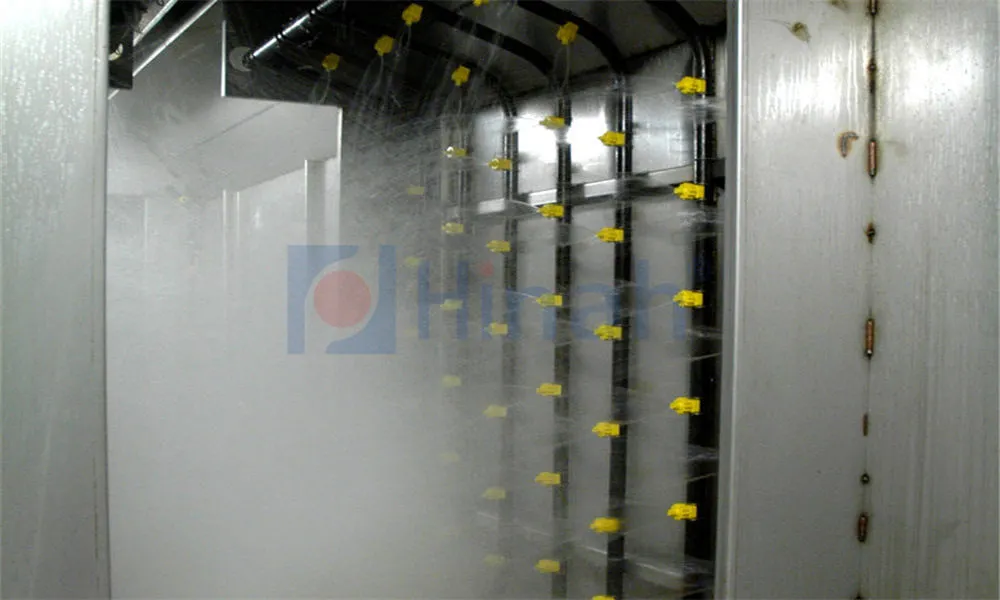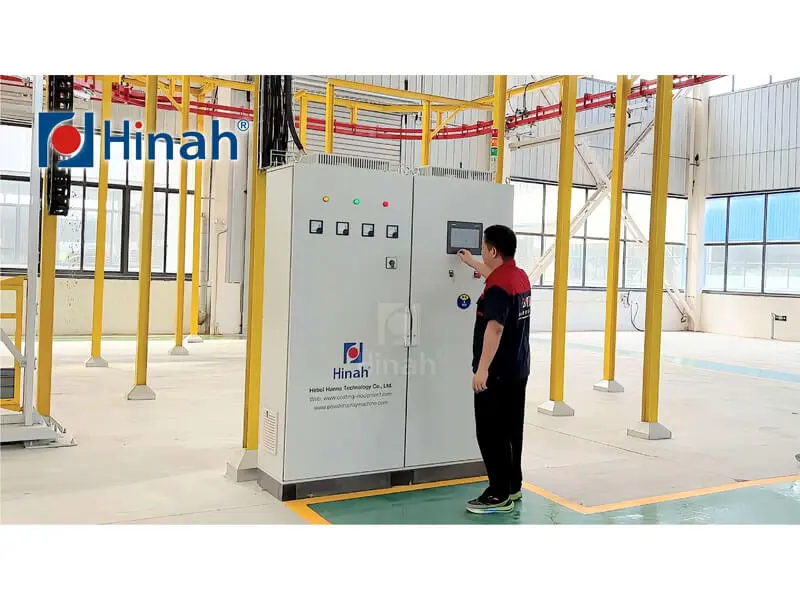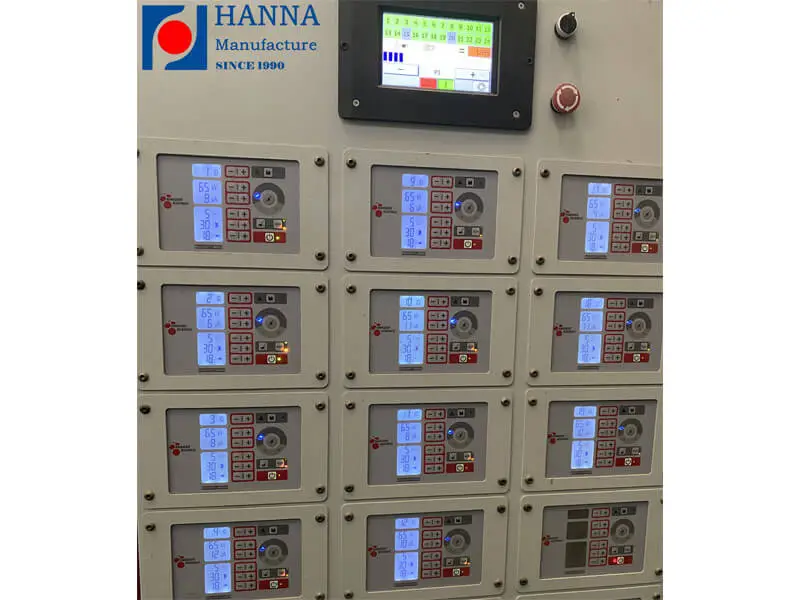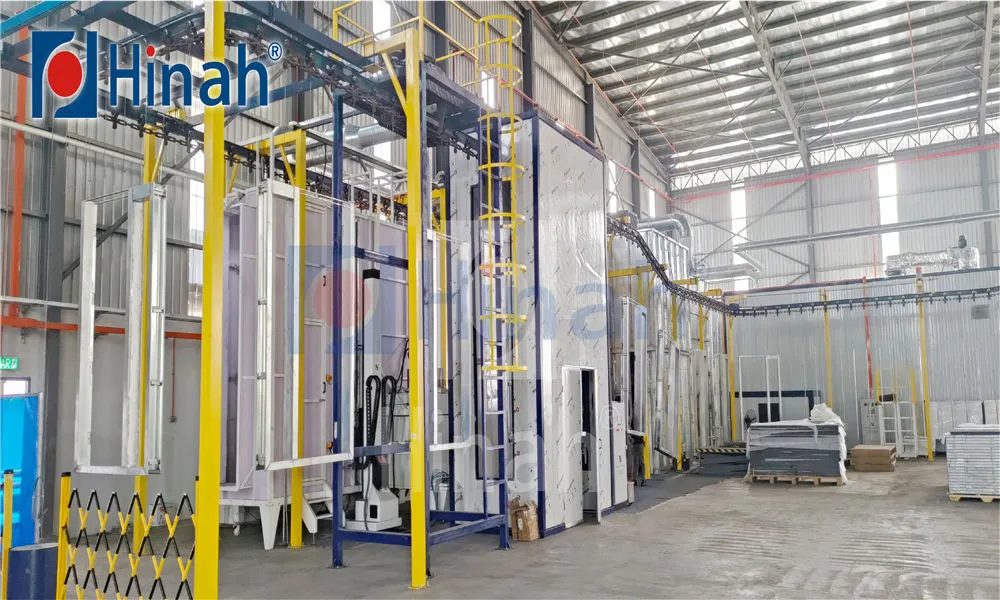Every professional in the international powder coating field knows a simple truth: the application gets the powder on the part, but the powder coating curing oven is what creates the finish. It's the critical, often underappreciated, heart of the coating process. A misstep here can turn a perfect application into a costly failure, while mastery guarantees durability, aesthetics, and customer satisfaction.
This definitive guide walks you through the seven essential steps to fully understand, optimize, and leverage your powder coating curing oven for consistent, industrial-grade results. Whether you're a seasoned operator or specifying a new system, this knowledge is power.

Step 1: The Science of Curing – It’s Not Just Heating
Before we dive into oven operations, it's crucial to understand what happens inside the powder coating curing oven. Curing is a chemical process, not just a physical one. The oven's heat triggers a cross-linking reaction in the powder's polymer resins. This transforms the powdery film into a continuous, durable, and chemically resistant skin bonded to the substrate.
Key factors in this reaction are Time and Temperature. The specific temperature refers to the part's metal temperature, not the air temperature inside the oven. Achieving the correct combination for the recommended duration is non-negotiable. Every powder formulation has a specific "cure window" provided by the manufacturer, and your oven must be calibrated to hit it precisely.
Step 2: The Three Main Types of Powder Coating Curing Ovens
Selecting the right type of oven is a foundational decision. The three primary configurations cater to different production needs and product types.
Batch Ovens (or Walk-In/Cabinet Ovens): Ideal for low-volume production, large or irregularly shaped parts, and job shops. Batch ovens are incredibly versatile. HANNA offers a range of standard and custom powder coating oven solutions in this category, designed for efficient heat distribution even with complex loads.
Conveyorized Ovens (Continuous Ovens): The backbone of high-volume production lines. Parts are conveyed through different zones (pre-heat, cure, cool-down) on a continuous basis. This ensures a consistent thermal profile and maximizes throughput. These are often part of a complete powder coating system.
Infrared (IR) Ovens: Using radiant energy, IR ovens cure the powder from the outside in, offering incredibly fast cure times. They are best for thin-gauge metals and simple geometries. They can be less effective on complex, three-dimensional parts that have "shadowed" areas.
Step 3: Optimizing Your Oven's Thermal Profile
This is the single most important step for quality control. A thermal profile is a graph of a part's temperature over time as it travels through the powder coating curing oven.
How to Create a Profile:
Use a Thermal Data Logger: Attach this device, equipped with thermocouples, to a test part. Place the thermocouples on the thickest, thinnest, and most critical areas of the part.
Run a Test Cycle: Send the part with the logger through the oven on a normal production cycle.
Analyze the Data: The resulting graph will show you the exact temperature each part of the product experienced and for how long.
The goal is to ensure every critical area of the part reaches the powder's minimum required cure temperature (MET - Metal Temperature) and holds it for the specified time. Profiling is not a one-time task; it should be repeated whenever you change product geometry, line speed, or powder type.
Step 4: Calibration and Maintenance – The Pillars of Consistency
An uncalibrated and poorly maintained oven is a liability. Regular upkeep is what separates amateur operations from professional ones.
Calibration: Regularly calibrate temperature sensors and controllers. A deviation of just 10°C (18°F) can lead to under-cure or over-cure.
Preventive Maintenance: This includes:
Inspecting and cleaning burners or heating elements.
Checking and replacing air circulation fans to ensure even heat distribution.
Verifying the integrity of oven seals to prevent heat loss.
Ensuring ventilation systems are clear to remove volatiles.
A well-maintained powder coating curing oven from a brand like HANNA operates more efficiently, reducing energy costs and preventing catastrophic production stoppages.
Step 5: Addressing Common Curing Defects
Even with a great oven, issues can arise. Here’s how to diagnose common curing-related problems:
Orange Peel: While often related to application, it can be exacerbated by too-rapid heating in the powder coating curing oven. The surface melts and gels before the underlying material can flow out smoothly.
Under-Cure: The finish is soft, gummy, and has poor adhesion. The part did not reach the required MET or hold it long enough. Check your thermal profile and oven calibration.
Over-Cure: Excessive heat or time can cause discoloration (yellowing of clears), loss of gloss, and embrittlement. The film may crack or chip easily.
Gas Marking / Outgassing: Volatiles from the substrate (e.g., from welding or contaminants) or the metal itself boil out during curing, creating pinholes or bubbles. Proper pre-treatment and slower ramp-up to cure temperature can mitigate this.
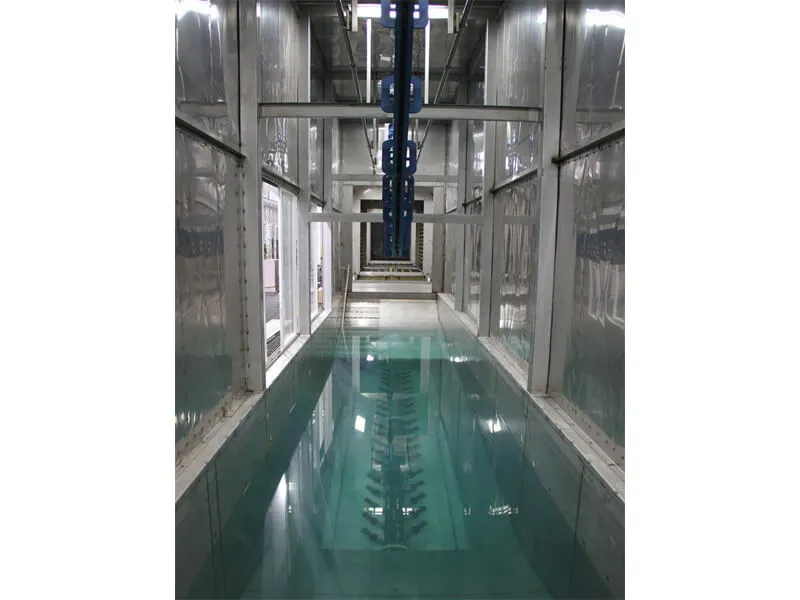
Step 6: Energy Efficiency and the Modern Curing Oven
With rising energy costs, efficiency is no longer a luxury but a necessity. Modern powder coating curing oven designs incorporate several energy-saving features:
High-Efficiency Insulation: Minimizes heat loss to the surrounding environment.
Heat Recovery Systems: Capture waste heat from the exhaust and use it to preheat incoming fresh air.
Variable Frequency Drive (VFD) Fans: Adjust fan motor speed based on demand, significantly reducing electricity consumption.
When considering a new custom powder coating oven, discussing these options with your provider can lead to substantial long-term savings and a reduced carbon footprint.
Step 7: When to Consider a Custom Powder Coating Oven Solution
While standard ovens work for many, some applications demand a tailored approach. You should consider a custom powder coating oven if:
Your parts are exceptionally large, heavy, or have an unusual geometry.
Your production floor space is limited, requiring a unique layout.
You have unique throughput requirements that standard models cannot meet.
You require specific compliance or safety features.
Companies like HANNA specialize in engineering bespoke powder coating curing oven solutions that integrate seamlessly into your unique workflow, ensuring optimal performance from day one.
Powder Coating Curing Oven: Frequently Asked Questions (FAQ)
Q1: What is the ideal temperature and time for a powder coating curing oven?
A1: There is no single "ideal" setting, as it is entirely dependent on the specific powder coating formulation and the mass of the part being cured. Typically, thermoset powders cure at a metal temperature between 150°C to 200°C (300°F to 400°F) for 10 to 20 minutes. Always refer to the technical data sheet (TDS) from your powder supplier as the primary source and use thermal profiling to verify your process.
Q2: How can I tell if a part is properly cured?
A2: The most common field test is the "acetone rub test." Apply a cloth soaked in acetone to an inconspicuous area of the cured finish and rub back and forth firmly. If the finish softens, becomes sticky, or removes onto the cloth, it is likely under-cured. A properly cured film will remain intact and resistant to the acetone. For definitive quality control, more sophisticated tests like cross-hatch adhesion testing are recommended.
Q3: Why is air circulation so important in a curing oven?
A3: Proper and uniform air circulation is the key to consistent temperature throughout the powder coating curing oven. It prevents the formation of hot and cold spots, ensuring that every part in the load, regardless of its location, receives the same amount of heat. This is critical for achieving a uniform cure across all products and preventing quality defects.
Q4: Can I cure different powder types in the same oven?
A4: Yes, but with caution. You must create a new thermal profile for each different powder type and part combination. Switching from a low-temperature cure powder to a high-temperature one does not require oven modifications, but you must adjust the setpoints and cycle time accordingly. Always ensure the oven is clean to prevent cross-contamination of colors or chemistries.
Q5: What are the signs that my powder coating curing oven needs maintenance or recalibration?
A5: Key warning signs include: inconsistent cure results (e.g., some parts are under-cured while others are over-cured), longer cycle times needed to achieve full cure, a sudden increase in energy consumption, unusual noises from fans or burners, and visible heat leakage from damaged seals. Implementing a regular preventive maintenance schedule with a trusted partner like HANNA is the best way to avoid these issues.


